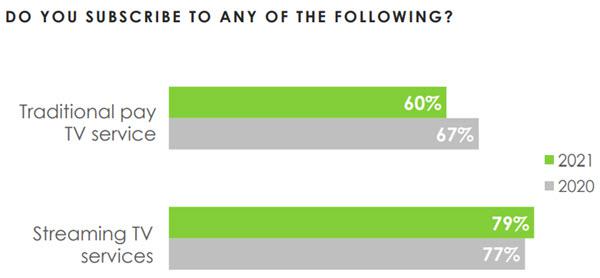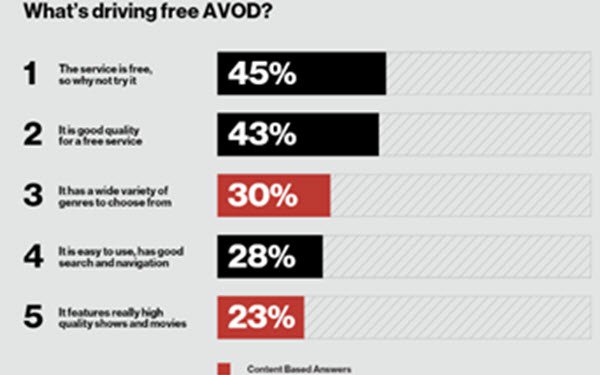COMMENTARY
Gen Y, Z Lead the
Way with EVs
· by Tanya Gazdik , Staff Writer, Yesterday
It has to be music to the ears of General
Motors, Tesla, Rivian and other electric-savvy automakers.
One in four Gen Y and Z auto intenders say
electric vehicle technology is a “must-have” in their next car, per
just-released research that GfK AutoMobility is sharing first with DriveTime.
Desire for EVs has grown 150% in just two years
among these key buyer groups. Interest in EVs among Gens Y and Z is 11
percentage points higher than among intenders as a whole (15%).
Basically, if Gen Y and Z represent the future
of auto buying, then electric EVs are positioned for exponential growth in the
years to come.
General Motors is on its way to an all-electric
future, with a commitment to 30 new global electric vehicles by 2025.
The GfK AutoTech Insights study
also confirms that luxury car intenders are now driving interest in
all-electric cars.
One in three (34%) lux intenders say they are
interested in an all-electric vehicle – up from 24% in 2018. By contrast, the
non-lux interest level is just 13%, after dropping 2 percentage points (from
15%) in the past two years.
Even if you are extremely green-friendly, there
are practical considerations to be considered, like the ever-present “range
anxiety.” How do I get from point A to point B if it exceeds my battery
life?
That’s why fast-charging stations are a key draw
for potential EV buyers. Six in ten (59%) intenders who are “mostly interested”
in an EV -- and two-thirds (68%) who are “somewhat interested” -- say that the
availability of free fast-charging stations would raise their interest levels.
Free installation of fast-charging stations at
buyers’ homes is another big draw, appealing to 54% of those who are “mostly
interested” in an EV and 62% who are “somewhat interested.”
GM’s Chevrolet division acknowledges this, and
recently announced plans to cover standard installation of Level 2 charging
capability for eligible customers who purchase or lease a 2022 Bolt EUV or Bolt
EV.
GfK also found that attractive styling and
third-row seating were the only features selected significantly more often by
the “mostly interested” intenders versus the “somewhat interested” ones.
“There is no question that EVs are powering auto
innovation right now,” says Tom Neri, commercial director for marketing and
consumer intelligence at GfK North America. “The question is, can they expand
beyond the upper echelons of car buyers and gain true mainstream acceptance?
Strong interest among younger intenders is definitely a positive sign – but we
will have to see if that translates to sales and loyalty in the years to come.”
In some respects, the pandemic-inspired lack of
a commute (which could become permanent as more and more businesses reduce
their costly office space) could work in an EV’s favor.
If the majority of trips is around the
neighborhood, going to the grocery store, picking up the kids from soccer
practice, etc., then an EV makes perfect sense.
The practicality of road trips in a pure EV
remains a concern since it adds an extra element of planning for stops to
recharge should the day’s driving exceed the battery range.
If the availability of charging stations
continues to expand and if technology continues to lessen the amount of time
necessary for recharging, EV ownership should become more and more attractive
to more people. Time will tell.
Now here is the other article….
Why Brands Need
To Do More When Marketing To Hispanics
In 2014, Google labeled the U.S. Hispanic market
as marketers’ “Next Big Opportunity.”
Fast-forward seven years, and not much has
changed. Brands are still struggling to figure out a winning strategy for
reaching Hispanic audiences, despite the fact that a report by Claritas found
that total annual spending by Hispanics in 2020 was, at $978 billion, higher
than that of any other minority group.
There are over 60 million Hispanics currently
living in the United States, according to Pew Research Center, making up 18% of
the total population. Yet it would be a mistake to treat them as a homogenous
group. Just as no experienced marketer would consider the entire non-Hispanic
white population a single audience to advertise to, so too should the nuances
of Hispanics be recognized.
Sadly, I’ve seen too many brands take the easy
route and partner with companies like Telemundo and Univision. While they
certainly play an important role in the Hispanic media ecosystem, far too many
marketers see these partnerships as the extent of their Hispanic outreach,
instead of as a springboard toward a better understanding of their target
audience. Moreover, brands that take this approach are also missing an
opportunity to partner with minority-led and operated businesses that have real
connections and insight into the nuances of the Hispanic population.
Amid the Black Lives Matter Movement and growing
calls for more diversity and inclusion, advertisers have finally seen
multicultural advertising for what it is: a necessity that allows them to reach
diverse audiences in ways that go beyond the superficial.
But in order to do multicultural advertising
right, brands have to think about the entire process -- starting with the
companies that will be producing those ads, through to the media channels that
they choose to run those campaigns on. Unfortunately, many brands who say
they’re supporting Latinos and other minority communities end up spending money
with companies who look the same as they do -- that is to say, companies that
lack the types of diverse voices needed to successfully appeal to multicultural
audiences.
It’s time for brands to put their money where
their mouth is, and support communities of color in truly meaningful ways. A
good first step would be to look for officially accredited Hispanic-led and
owned agencies to assist with campaign planning and strategy. Not only must
these companies go through an extensive auditing process before they can be
certified, they also provide a level of audience insight that others are unable
to provide. For instance, they can advise brands on which cultural cues appeal
most to Hispanic audiences, and how those cues differ depending on geographic
location, age, and the level of acculturation.
Only 6% of U.S. ad spend is directed towards
Hispanics -- a shocking statistic considering the demographic’s purchasing
power. While many have taken (much-needed) steps to changing this statistic,
the reality is that it’s past time for Hispanics to be taken seriously as an
economic and cultural force. An ad on Telemundo just isn’t enough anymore.








